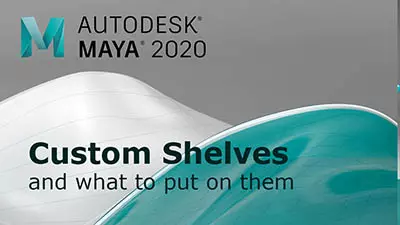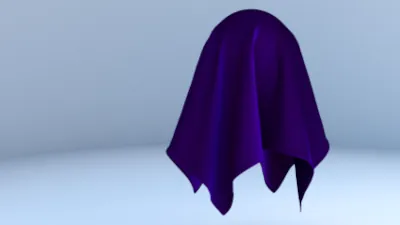Introduction to Maya - Rendering in Arnold
This course will look at the fundamentals of rendering in Arnold. We'll go through the different light types available, cameras, shaders, Arnold's render settings and finally how to split an image into render passes (AOV's), before we then reassemble it i
#
1
14-08-2003
, 05:15 PM
Registered User
Join Date: Feb 2003
Join Date: Feb 2003
Location: Austria - St. Pölten
Posts: 93
the ratio size from an object ?
If I will create a simply primitive plane, I can see the size from the object in the attribute editor.
In the TRansform Attributes, I can see the Translate, Rotate, and Scale options. And the Scale Option shows me the size from the object. Scale, 1:1:1 for each axis.
So, the primitive plane does have 1:1:1 in the scale values.
If I create now a texture for that plane, I do know, that the texture will perfect fit the object, if the size is 1:1. As example, 100x100 pixel, or 10x10 pixel, or even 1000x1000 pixel.
okay....
Now, I have wings from an airplaine, and the object is much more complex. But to get less streching in the texture, I will fit it as much as possible to the right size from the wing.
If I do that, I can avoid big streching parts. And of course, if I have more Isoparms on the surface, it will be better.
But my question is:
The wing is a complex surface, and I don´t know where I can get the right ratio size ? Where I can see in the attribute editor the value of the x,y, and z axis ? As the same values like I can see in from the primitive plane ?
If I could find it out, I can create the texture file in the same size, and I do have less streches. hmm, well, of course all my objects are nurbs objects, and I don´t want to solve this with UV´s and polys. I search for a sultion in nurbs texturing.
okay, maybe someone can help me !!!
thx for every little help,
bernhard
contact me via MSN: rieder@utanet.at
#
2
21-08-2003
, 09:33 PM
If it were me, I would create a simple random texture with blobs, squares (whatever) on it and see how it maps out on the wings. I would then create my texture according to how it lays out on the wings. This is difficult I know, but it works. With polygons, you can paint directly on the object, save the texture, then take it into yoru favorite imaging program and do the main texturing there, then reapply to your object after you're done.
#
3
22-08-2003
, 12:40 AM
Under the Texture Map section, check on "Fix Texture Wrap." It won't change in your view, but your render should change.
Posting Rules Forum Rules
Similar Threads
trouble opening maya scene
by jooleyinboots in forum Maya Technical Issues replies 3 on 07-10-2022
Convert Camera Translation to Object rotation?
by jimvfx in forum Animation replies 0 on 28-01-2015
Normal Map definitions
by djwaterman in forum Lighting & Rendering replies 2 on 25-05-2012
Replace object with Maya 2008
by dubai3d in forum Maya Basics & Newbie Lounge replies 4 on 26-09-2008
Viewing object size?
by gubar in forum Maya Basics & Newbie Lounge replies 1 on 01-06-2007
Topics
Free Courses
Full Courses
VFX News
How computer animation was used 30 years ago to make a Roger Rabbit short
On 2022-07-18 14:30:13
Sneak peek at Houdini 19.5
On 2022-07-18 14:17:59
VFX Breakdown The Man Who Fell To Earth
On 2022-07-15 13:14:36
Resident Evil - Teaser Trailer
On 2022-05-13 13:52:25
New cloud modeling nodes for Bifrost
On 2022-05-02 20:24:13
MPC Showreel 2022
On 2022-04-13 16:02:13









